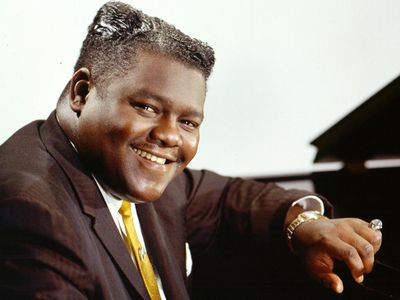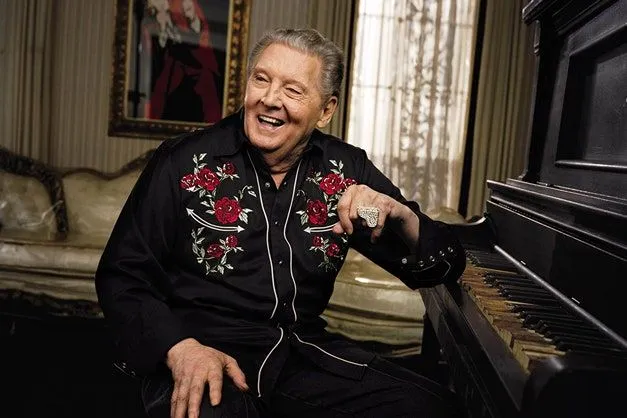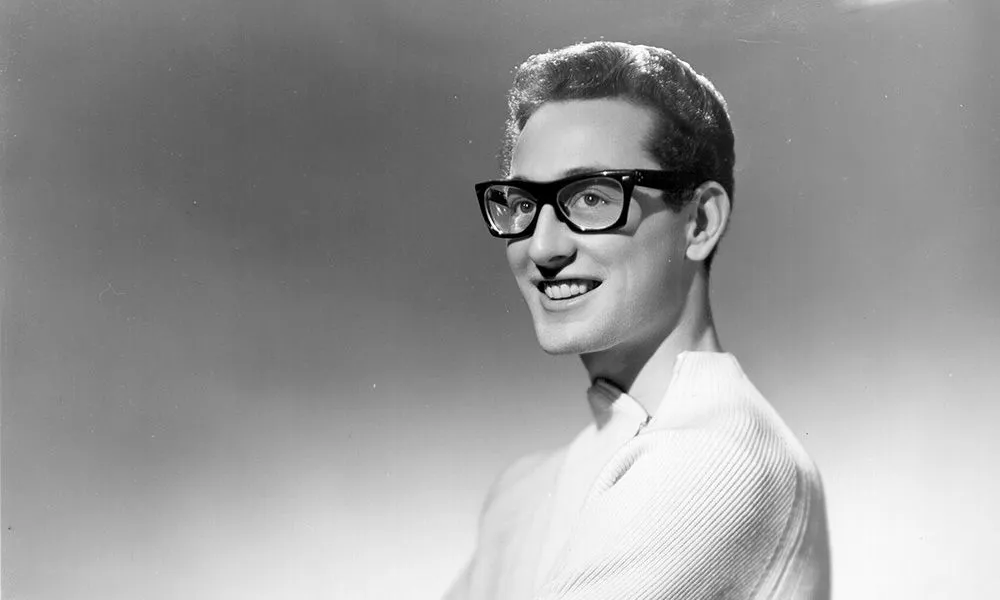Fats Domino was a true legend of the 50's
Being overweight as a positive trademark? No other artist is as closely associated with this as the US rock 'n' roll and rhythm and blues musician and rock 'n' roll founding father Fats Domino. However, he is also significant in the artistic sense.
Domino was born Antoine Domino on February 26, 1928 in New Orleans, USA. His family speaks Creole French. New Orleans has always been a prime example of an extraordinary multicultural melting pot. So Fats comes into contact with music from an early age, and learns to play the piano from the age of seven thanks to the support of his brother-in-law Harrison Verrett. He began to compose and quickly made a name for himself in the Orleans scene with countless club performances and his original style of playing, which incorporated boogie woogie elements into his piano playing.
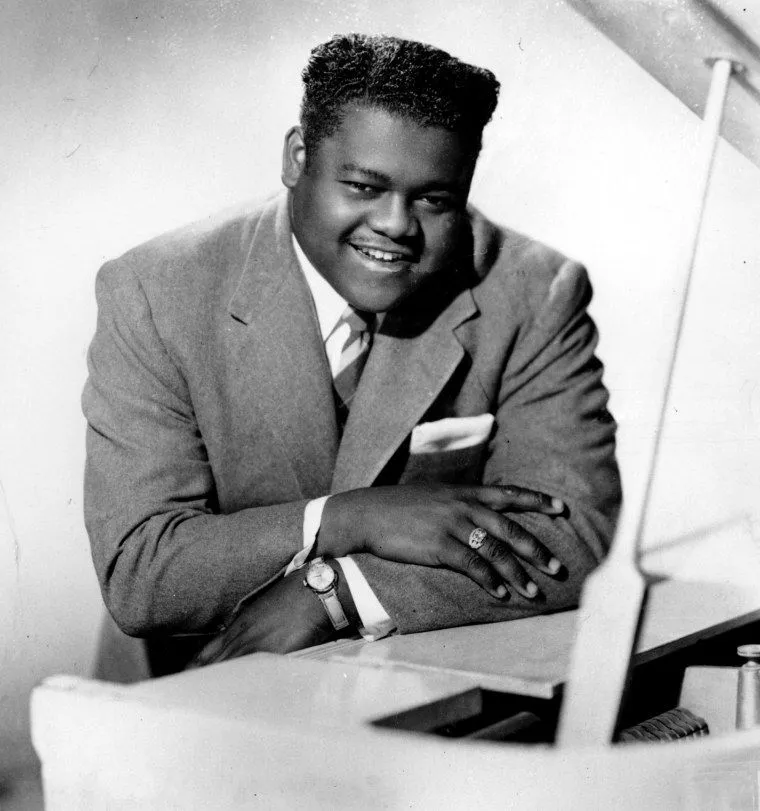
The young musician's talent did not go unnoticed, and producer Dave Bartholomew paved the way for him to make his first record. In 1949, the autobiographical number “The Fat Man” was released on the Imperial label. Successful right from the start, Fats shaped the 1950s with a variety of hits such as “Goin' To The River” (1953), “My Blue Heaven”, (1956), or “I'm Walkin” (1957). He also made an impressive appearance on the big screen, guest-starring in the song “Blue Monday” in the movie “The Girl Can't Help It” (1956).
His real breakthrough – including with white audiences – came with the mega-hit “Blueberry Hill”, released that same year. It is impossible to imagine the contemporary charts without it, and countless live performances and tours cemented its popularity. But in the 1960s, he suffered the same fate as many other innovators, who suddenly looked old-fashioned in the face of the emerging Beat movement. Although he remained in demand and did well in business, his record sales and presence in public media declined. Meanwhile, Elvis Presley, Paul McCartney and Huey Lewis covered his songs.
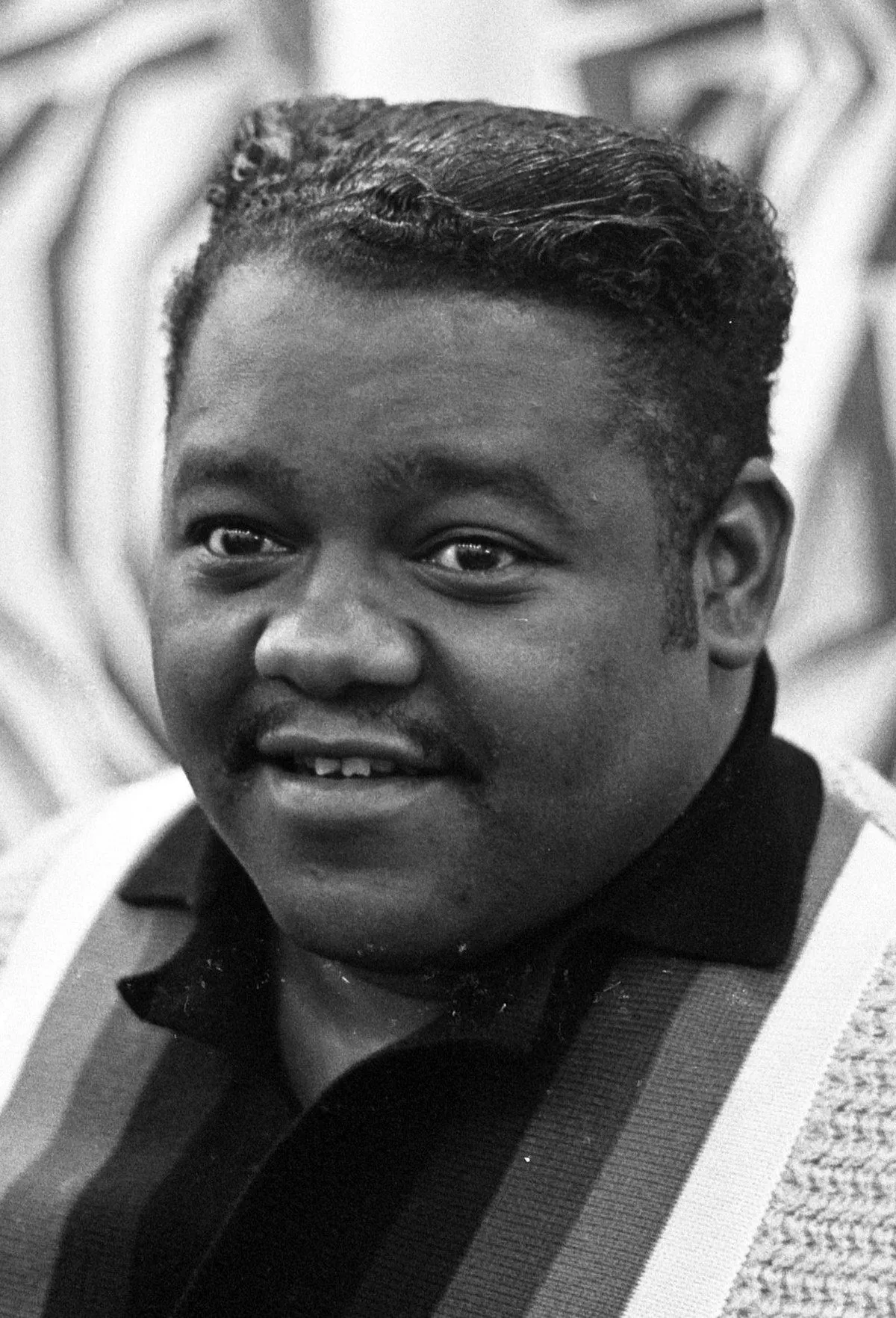
In 1979, the musician had a minor hit with the single “Sleeping on the Job”, taken from the album of the same name. In 1986, Fats Domino was one of the first artists to be inducted into the Rock and Roll Hall of Fame. However, he did not accept the award in person because he no longer liked to leave his hometown. In 1987, he received a Grammy for his life's work. Thanks to a commercial by the Aral oil company, his song “I'm Walkin'” returned to the charts in 1991, introducing Fats to a whole new generation of music fans.
In 2005, Hurricane Katrina reduced New Orleans to ashes and rubble. Fats Domino's house and many of his possessions fall victim to the natural disaster. The founding father of rock 'n' roll is initially reported missing, but is later rescued. Part of the album “Goin' Home: A Tribute To Fats Domino”, recorded with musician friends, is used to build the artist a new home in his hometown. The funds from the 2006 benefit album “Alive And Kickin'” went entirely to the cultural development of New Orleans. In 2009, he supported the construction of new children's playgrounds as part of the “The Domino Effect” festival. On October 24, 2017, Fats Domino died at the age of 89 in his home.
